Palacinke Recipe- Delicious Balkan Pancakes In 30 Minutes

Palacinke, the culinary world’s charming chameleon, defies the ordinary pancake’s expectations with its globe-trotting flair and versatility. Born from a Roman legacy and seasoned by Eastern European culinary artistry, these thin, crêpe-like wonders are more than just breakfast fare. In this article, we’ll introduce you to the classic Balkan palacinke recipe and teach you everything there is to know about these delicious pancakes, including its origin, variations, preparation tips, and more.
But first things first…
What Is Palacinke?
Palacinke are thin, crêpe-like delights that make regular pancakes seem, well, a bit underdressed (but that’s only on the outside). They’re made from a batter consisting of eggs, milk, flour, a bit of oil or melted butter, sugar, and a pinch of salt. The trick is in the consistency – think more ‘runway model thin’ than ‘cozy sweater thick’. This is what sets them apart from the fluffier, often thicker pancakes you might find elsewhere.
You cook these beauties on a skillet or a frying pan, just until they’re golden brown and ready to strut their stuff. They’re versatile, too. You can dress them up with sweet fillings like jam, fruits, or a generous drizzle of chocolate syrup. Or go savory with cheese, ham, or mushrooms.
Now, what makes palacinke stand out in the pancake universe? It’s their thinness and flexibility. They’re the gymnasts of the pancake world, bending and folding without a single crack. You can roll them, fold them, stuff them – they’re up for any culinary gymnastics you have in mind.
Enjoying this post? Then you may also like our guide to Serbian pastries.
The origin of the palacinke recipe (or at least a version of them) can be traced back all the way to ancient Rome. They had something called alita dolcia (literally “another sweet” in Latin), which is believed to be an early version of the modern crêpe. As the Roman Empire expanded, it brought its culinary delights along for the ride. These proto-crêpes started making waves across Europe with each region adding its own twist. By the time they reached the Slavic regions of Eastern Europe, they had transformed into what we now know as palacinke.
But how did palacinke become so popular? It’s simple; because they’re universally appealing. They require basic ingredients and offer the perfect canvas for a variety of fillings both sweet and savory.
Travel across Eastern Europe, and you’ll find that almost every country has its own version of the palacinke recipe. In Hungary, they’re called “palacsinta,” (this shouldn’t be confused with placinta which is a completely different dish) and are often filled with sweet fillings like jam or cottage cheese, then folded into triangles. In the Czech Republic, Slovakia, and Poland, they’re known as palacinky, in Serbia, Bosnia, Montenegro, Slovenia, and Croatia- palacinke, and in Bulgaria and Macedonia– palacinki.
The names might be slightly different but essentially most of these are the same- a thin crepe spread with chocolate cream, jam, marmalade, etc. and rolled like a wrap. The basic ingredients are the same everywhere – flour, eggs, and milk and for the fillings, you can use anything you want from chocolate cream, syrup, different kinds of jam, and whipped cream, to fresh fruits, cheese, spinach, or even bacon…
Are you a fan of pancakes? Then you may also like our baghrir recipe (Moroccan pancake), our syrniki recipe (Russian pancake), and our Vellayappam Recipe (South Indian pancake).
Batter Up! The palacinke batter is like the foundation of a house – it needs to be just right. Aim for a consistency that’s somewhere between heavy cream and a morning latte. Too thick, and you’ll end up with a pancake; too thin, and it’s more like a soup. To get there, whisk together flour, eggs, milk, a bit of oil or melted butter, sugar, and a pinch of salt. Let this mixture rest for a bit. It’s like giving the batter a short meditation session, allowing the flour to absorb the liquid and the gluten to relax.
Pan-tastic Technique: Your pan should be hot, but not ‘smoke alarm’ hot. Medium heat works like a charm. Use a non-stick pan if you can – it makes life, and flipping, a lot easier. If your pan is sticking, it’s not non-stick (sorry, couldn’t resist). Lightly grease it with butter or oil for each palacinka.
The Pour Decision: Ladle in just enough batter to cover the bottom of the pan when you give it a quick swirl. It’s like creating a liquid dance floor in your pan. Too much batter and your palacinka will need to go on a diet. Too little, and it’s more of a patchy sunburn than a pancake.
Flip it Good: Once the edges start to lift and the bottom is golden brown, it’s time for the flip. This is the moment of truth. Be bold, be brave, and give it a confident flip. If it crumples, just remember, even the best chefs have their ‘oops’ moments.
Enjoying this post? Then you can also find some other sweet treats from the balkans in our Croatian desserts, Bosnian desserts, and Slovenian desserts.
Morning, Noon, or Night? Palacinke are like the Swiss Army knife of foods – they fit in anywhere. Breakfast? Absolutely. A stack of sweet-filled palacinke with a side of coffee can make anyone a morning person. Snack time? You bet. A quick palacinka with jam or Nutella is like a hug for your tummy. Lunch or dinner? Why not! Fill them with savory goodness like cheese, ham, or sautéed veggies, and you’ve got a meal that’ll make your taste buds do a happy dance.
Perfect Pairings: What goes well with palacinke? It’s like asking what goes well with happiness – lots of things! For sweet palacinke, think fruits, whipped cream, or a drizzle of chocolate or caramel sauce. It’s like dressing them up for a dessert gala. On the savory side, pair them with a fresh salad, or perhaps a tangy yogurt or sour cream dip to add a bit of zing. It’s about creating a balance – a yin to the palacinka yang.
Serving Style: How you present palacinke is the cherry on top. Roll them up like a scroll of deliciousness, fold them into neat triangles for an elegant touch, or simply stack them up and let the fillings peek out enticingly. Each style adds its own flair, turning a simple dish into a feast for the eyes.
How did you like our palacinke recipe? Did you ever try to this version of pancakes? If you tried to make it at home using our recipe, don’t forget to leave us a rating and if you have any questions, feel free to ask in the comments below.
Like it? Pin it.
Palacinke Recipe- Delicious Balkan Pancakes In 30 Minutes
Recipe details
Ingredients
- 1 cup all-purpose flour
- 2 large eggs
- 1½ cups milk
- 2 tablespoons melted butter or vegetable oil, plus more for cooking
- 1 tablespoon sugar
- A pinch of salt
- Optional fillings: jam, Nutella, fresh fruits, cheese, ham, etc.
Instructions
- 1. Mix the Batter: In a large mixing bowl, whisk together the flour, eggs, and a bit of milk to form a thick paste. Gradually add the rest of the milk, whisking constantly to avoid lumps. Stir in the melted butter (or oil), sugar, and salt.2. Prep the Pan: Heat a non-stick skillet or a frying pan over medium heat. Lightly brush the pan with melted butter or oil.3. Cook: Pour a small ladle of batter into the center of the pan, swirling it around to spread evenly. Cook for 1-2 minutes until the bottom is lightly golden and the edges start to lift. Flip carefully and cook for another minute on the other side. Repeat with the remaining batter, adding more butter or oil to the pan as needed.4. Fill and Serve: Fill each palacinka with your choice of sweet or savory fillings. Roll or fold them, and serve warm.

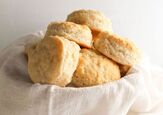
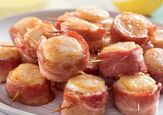
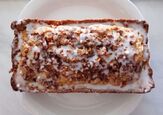





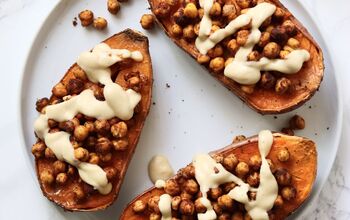
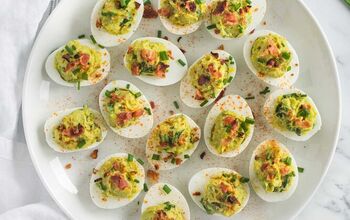
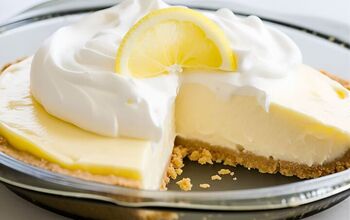
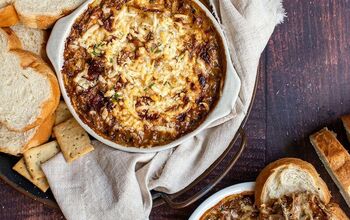
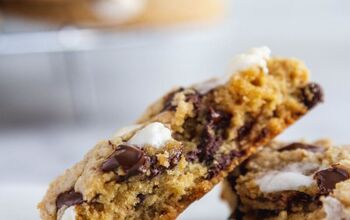
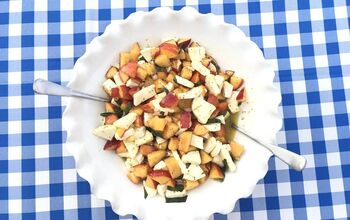
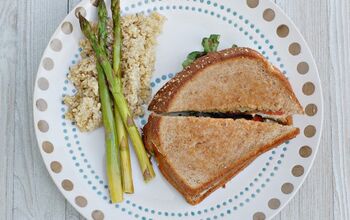
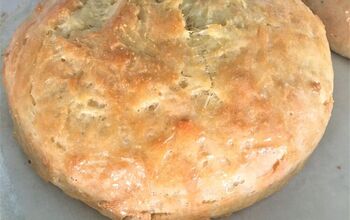
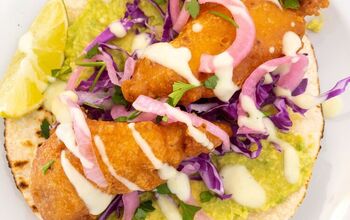
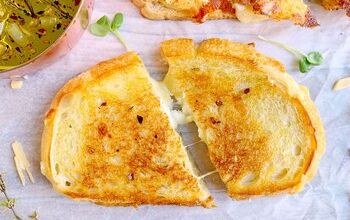
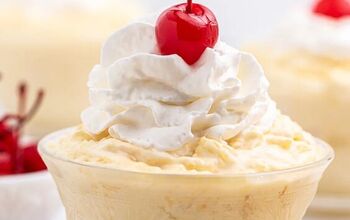
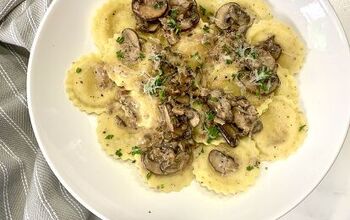
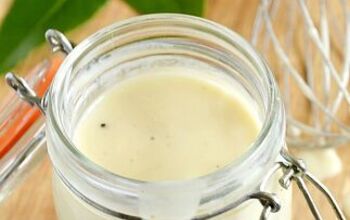
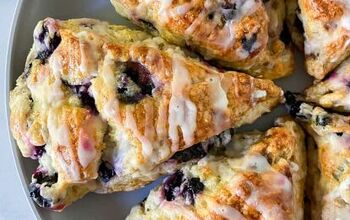
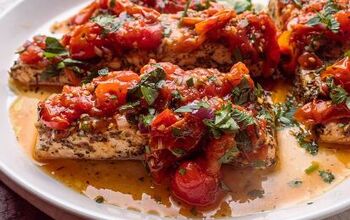
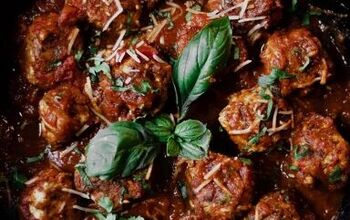
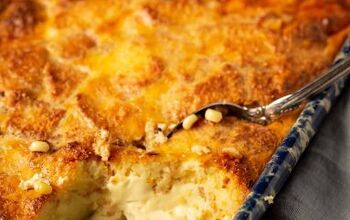
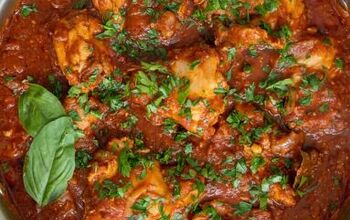
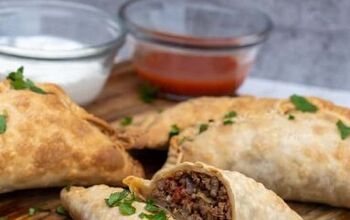
Comments
Share your thoughts, or ask a question!
Thanks for sharing this recipe. I'm of Serbian decent and my aunt and mother always made these for us rolled up with a jam inside and a spread of sour cream over it. No a days, I make them for my friends with a sautéed in butter banana inside and sour cream or chocolate sauce over it. Yummy! I also have made them savory with veggies and cheese inside.